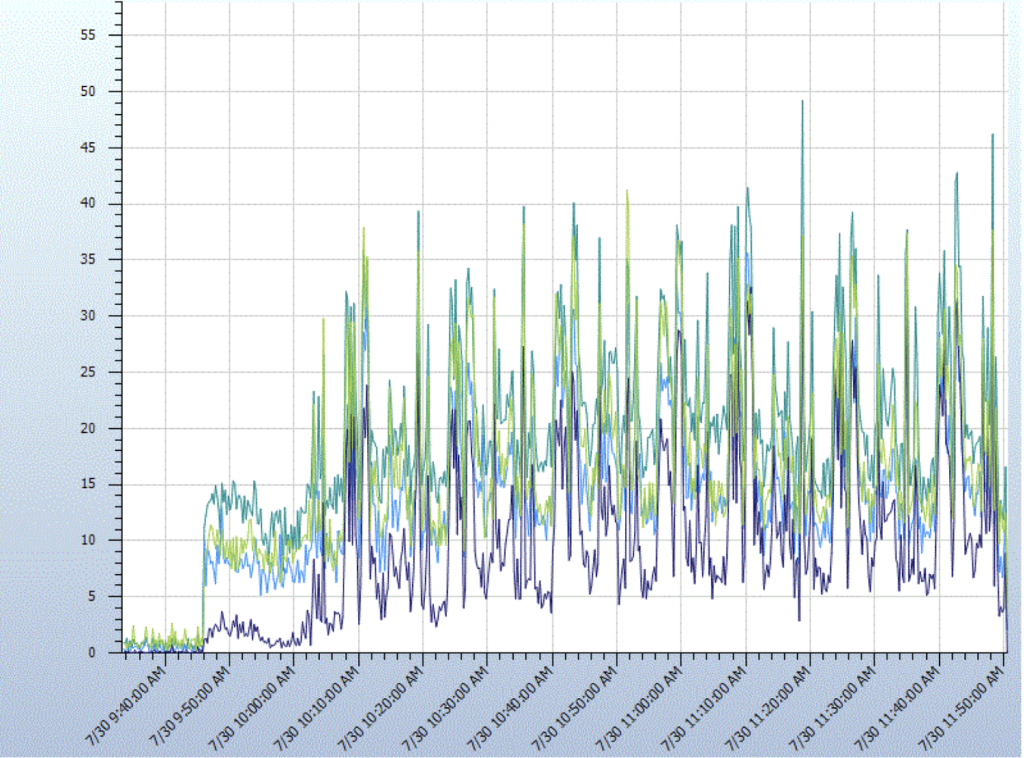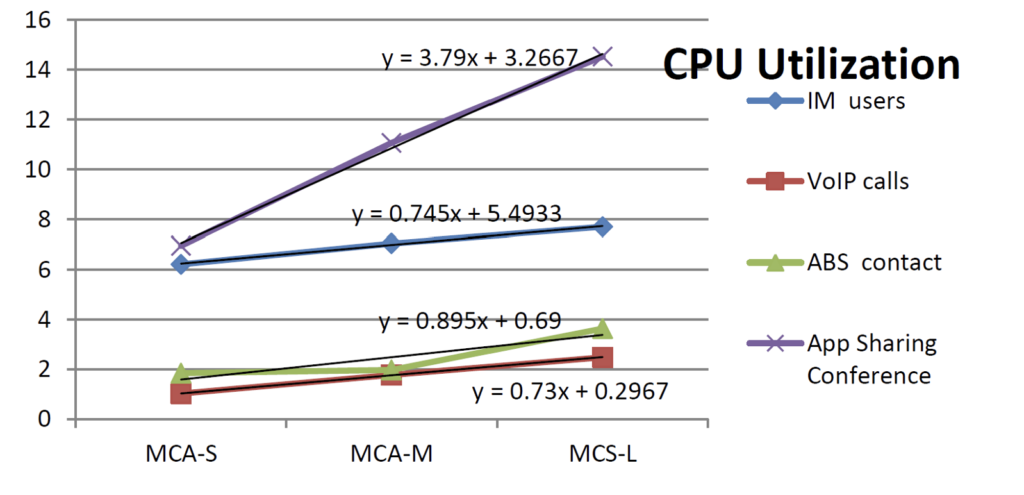A cost effective cloud data center capacity planning method based on modality cost analysis
In datacenter resource provisioning, the challenge lies in efficiently allocating resources to meet service level agreements (SLAs) without unnecessary overprovisioning. Traditional approaches based on intuitive or heuristic expectations often result in excessive resource usage. This study proposes breaking down applications into isolated modalities (e.g., instant messaging, voice calls) and assessing resource cost per modality as a method to optimize datacenter provisioning for performance while minimizing costs. The approach was validated using a simulation tool on a commercially available solution in a datacenter setting.
Capacity Planning and Performance Tuning in Cloud Services
Service providers bear the responsibility of allocating appropriate resources to tenants for ensuring optimal performance, but the relationship between capacity planning and performance tuning is commonly misconstrued. While performance tuning enhances an existing system, capacity planning determines the necessary system resources while maintaining a performance baseline. Cloud service providers often resort to overprovisioning due to the absence of capacity planning tools, leading to costly SLA violations for hosted applications. This section introduces a quantitative approach, measuring resource costs of individual modalities, to guide informed resource provisioning decisions in Cloud environments.
Methodology and Validation of Resource Provisioning
This section outlines a systematic methodology for estimating expected performance based on modality-specific resource costs, using the Microsoft Lync Server 2010 as an illustrative example. The paper discusses how this estimation can guide resource provisioning decisions and validates the methodology using a simulation tool against a production datacenter with all modalities operating simultaneously. The report concludes with an overview of media application performance, Modality Cost Analysis, performance analysis results, validation tools, hardware benchmarks, and a discussion of related research, offering concluding remarks and directions for future research.


